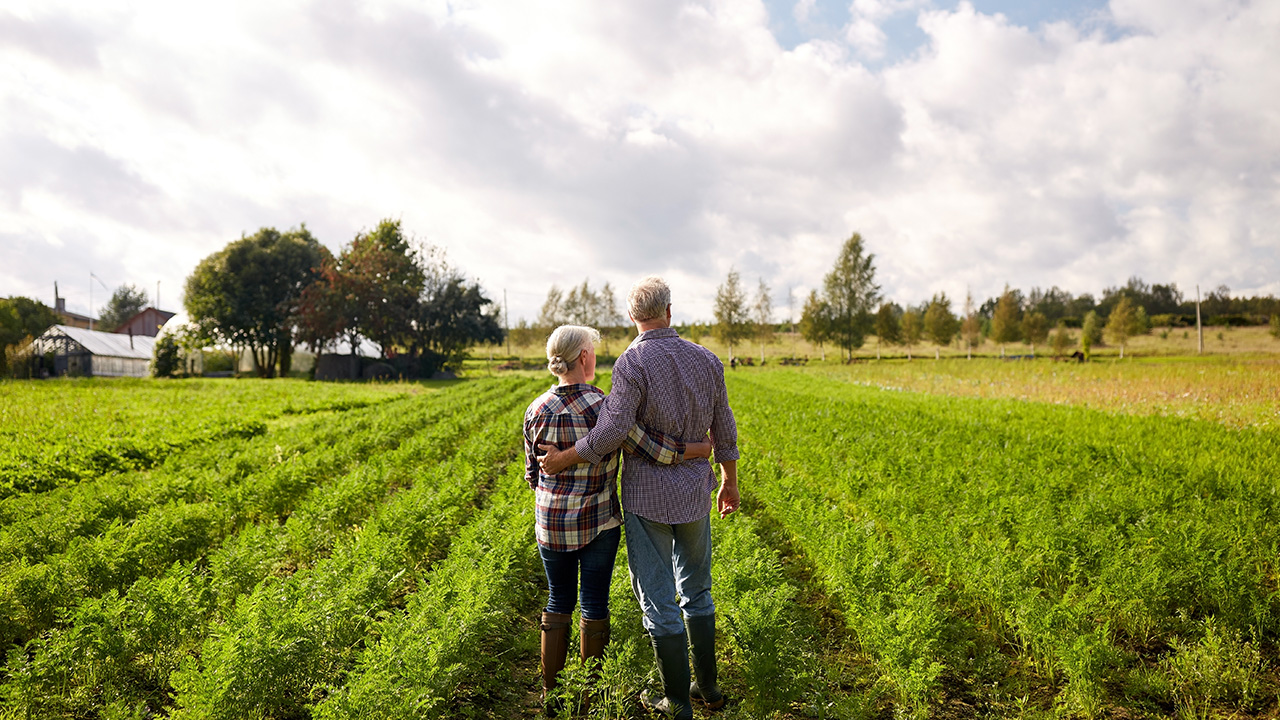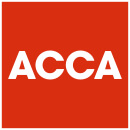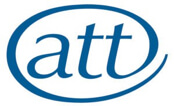Currently, unused pensions on death can be paid to the beneficiaries of the deceased’s estate free of Inheritance Tax (IHT), albeit other taxes can apply in certain circumstances, such as the individual passing away after age 75.
What’s changing?
In the Budget in October 2024, the government announced that from 6 April 2027 any unused pension funds will be included in the value of an individual’s estate for IHT purposes.
Pensions have had the benefit of falling outside an individual’s estate for many years (if set up a certain way), and this has meant that some individuals have used pensions as a form of legacy planning, given any unused fund is free of IHT to beneficiaries (whilst, in contrast, assets such as cash savings would form part of the deceased’s estate).
The government would like to encourage people to use their pension pots for retirement, rather than leaving them as a means to pass on wealth.
What is IHT paid on?
IHT is a tax on the estate of an individual when they pass away, unless the estate is left in an exempt way, such as to a spouse. It is payable at 40% on any value above any individual’s “nil rate band”, which is their IHT-free allowance. This is £325,000 per individual.
An allowance of up to £175,000, called the residence nil rate band (RNRB), can also be claimed to reduce the taxable value of an individual’s home when that home is inherited by lineal descendants and when the estate is less than £2M.
An individual can potentially inherit their spouse’s/civil partner’s unused nil rate band and residence nil rate band, whilst anything left to a spouse is exempt from IHT. This means for many married couples £1M of their estate can be passed down to beneficiaries free of IHT.
How will this affect estates from April 2027?
For deaths on or after 6 April 2027, any unused pension fund will be included in an individual’s estate. This could mean that the amount of the estate subject to IHT will increase, assuming the total estate is above the tax-free allowances detailed above.
The residence nil rate band of £175,000 per individual is available in full if an estate is valued at £2M or less. When the value of an estate exceeds £2M, this allowance begins to taper and is reduced by £1 for every £2 that the estate is over £2M.
Where spouses are involved, this allowance is reviewed on the first death and the second. Where an estate is over £2.7M, there is no additional allowance at all.
With pensions being included in an individual’s IHT estate, this could lead to the tapering or complete loss of the residence nil rate bands. This could mean that as well as the pension itself being taxed, the remainder of the estate could suffer additional IHT of up to £140,000 (£350,000, being two residence nil rate bands, x 40%).
Can other taxes apply?
Under current rules, if you pass away after age 75, Income Tax is paid by your beneficiaries when they draw down on the pension at their marginal tax rate.
When the changes come into effect, this could mean that the pension fund suffers IHT on its value, and the beneficiaries then pay Income Tax on the net pension inherited (where the deceased passed away age 75 or over).
Using numbers to illustrate, if a pension with a value of £1M is inherited, assuming the nil rate band is used on other assets, this would suffer £400,000 of IHT from April 2027.
The beneficiaries would then suffer Income Tax on the £600,000 drawn down, potentially with an Income Tax rate of up to 45%. The effective tax rate would then be around 67%, and this could actually be even worse if the pension had created or worsened the tapering issue described above.
How specifically might this affect farmers with pensions?
Currently, some farmers use their pension fund as a backup source of funds to cover the overall IHT exposure on their estate, given that the pension fund itself can (before the changes come into effect) be inherited free of IHT. Farmers may now need to reconsider whether the pension fund will contain sufficient funds to cover both the IHT on their other assets and the IHT on the pension fund itself (assuming they pass away post April 2027). If there are insufficient or illiquid funds, other ways to fund the IHT liability may need to be looked into, such as paying in instalments (albeit, these are potentially subject to interest).
Some farmers also use their pension fund as part of their succession planning, in that their pension fund is left to beneficiaries who are not involved in the business, whilst the farming assets themselves are left to their children/family members who run the farm. This was relatively straightforward given that prior to the IHT changes, both the pension fund and farm could potentially be passed down free of IHT and without a cap on this. Farmers may now need to revisit how they plan to leave their assets and ensure this aligns with their intentions, particularly when taking into account the various tax liabilities.
In addition, from April 2026, the proposed changes to Agricultural Property Relief (APR) and Business Property Relief (BPR) may mean that the agricultural value of a farmhouse may only qualify for 50% APR, whereas previously 100% of the agricultural value may have qualified for the relief. This is due to the fact that from April 2026, relief from IHT under APR and BPR at 100% will be capped at £1M (combined) per individual, with 50% relief above this. In these scenarios, the RNRB may have reduced the value of the home subject to IHT. However, the proposed changes to the taxation of pension funds may reduce the numbers of estates that are eligible for the RNRB due to the tapering detailed above.
Are there any steps you can take now?
The IHT pension changes are not due to come into effect until April 2027, and the government have recently held consultations as to how they will work in practice, the results of which are due to be published this year.
Pensions should still fall outside the scope of IHT in most circumstances up to this date.
If you have a large pension fund along with other assets, it may be worthwhile reaching out to a tax and/or financial adviser to obtain advice on the best way of structuring your spending in your later years.
Options that may be worthy of consideration include:
- Drawing additional income to fund regular gifts out of surplus income, for which an IHT gifting exemption can immediately apply, removing that value from your estate.
- Shifting around land/property assets to slow down growth within a pension.
- Considering the liquidity position within the pension, in terms of how the IHT might be funded.
- Drawing from your pension to invest in assets that qualify for “Business Property Relief”, providing IHT relief at a rate of 50%.
Please note that this article is not intended to form tax or financial planning advice and, as such, cannot be relied upon.
This article is from the latest edition of our Agricultural Briefing. To receive future copies of any of our newsletters directly to your inbox, please visit our preference centre to register your interest.
If you have any questions about the above, or would like more information specific to your circumstances, please enter your email address below and we will get in touch:













